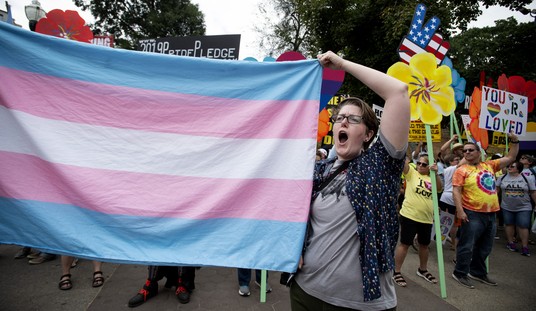Despite whatever your take is regarding Saturday’s events in Charlottesville, Virginia, the root of all boils down to how people felt about a statue - particularly how they felt about its removal.
For some, the statue of Confederate General Robert E. Lee is a symbol of hate and oppression, a vestige of an era when our fellow men and women were held in bondage and considered property rather than peers.
For others, it’s a symbol of Southern history, regardless of what that history may represent.
Following the aftermath of Charlottesville, some people are being a bit more…proactive. From the vandalistic removal of a statue in Durham, North Carolina, to the City of Baltimore purging such statues in the dark of night, many of the last symbols of the Confederacy are disappearing before our eyes.
If one is honest, it’s not difficult to see a valid reason for Baltimore to do just that. Violence like Charlottesville is likely to happen again, so why not swoop in before anyone understands what’s happening and take down the statues before there’s a chance of a clash?
Charlottesville’s dust has only begun to settle, a clear public relations victory—albeit a tragic one considering the loss of life—for the anti-Confederate memorial crowd, and already they’re shifting their sites.
As I write these words, two other efforts are underway to remove “problematic” symbols that have nothing to do with the Confederacy.
First, a student at James Madison Memorial High School in Verona, Wisconsin, is fighting to force his school to change its name. Why? Because Madison had at least one human fault in an era when it wasn’t considered a fault. He owned slaves.
Recommended
The student, Mya Berry, claims she feels “unsafe” at her school because of its name.
Meanwhile, Monday saw protestors at the American Museum of Natural History in New York City swarm outside its doors as people protest a racist statue. It wasn’t General Lee or his cohort, Stonewall Jackson, or any other officer of the Confederacy.
No, the statue bore the likeness of Medal of Honor recipient and 26th President of the United States, Teddy Roosevelt.
This was, unfortunately, inevitable.
The question is, should it happen?
Of course not. All of this amounts to a feeble attempt to whitewash history, to take away anyone and anything that is deemed “problematic” in any way, shape, or form. It’s an effort to rework history into some Utopian ideal that never existed and never will.
The problem is, that history happened. The Civil War happened.
No one benefits from placing our warts deep in the closet so no one else will see them. A dear friend of mine is a European immigrant, and from what she tells me, our willingness to display our warts and acknowledge them as such is rather uniquely American.
This is a great thing, because no one is shocked to learn their homeland is less than perfect. We don’t sweep things under the rug, but put it on the mantle to display. We acknowledge the wrongness of it, but we don’t pretend it’s anything other than what it is. It’s a sign of a nation’s growing pains.
Slavery was most definitely a wart, but we weren’t the only nation’s history marred by it. Yet we often seem like the only nation to openly acknowledge it.
The moment the last vestiges of the Old South are gone, the moment all the Civil War memorials are gone and the museums dedicated to the period close, we’ll have lost that moral standing. People years later will be shocked to learn about slavery, about the Civil War, and about the long, hard road we had to take to move past that dark time in our history.
It’s simple to look at those monuments as symbols dedicated to losers and tyrants, but that’s still part of this nation’s history, and it won’t be the last history obliterated from the textbooks.

























Join the conversation as a VIP Member